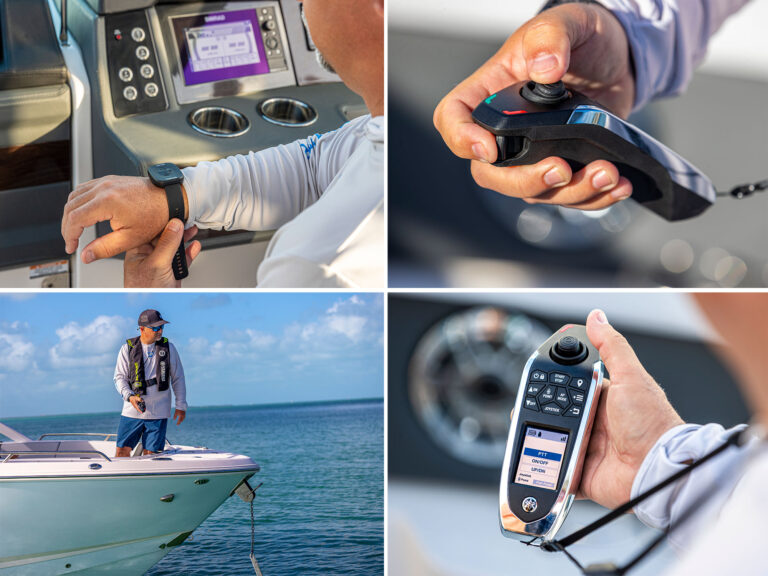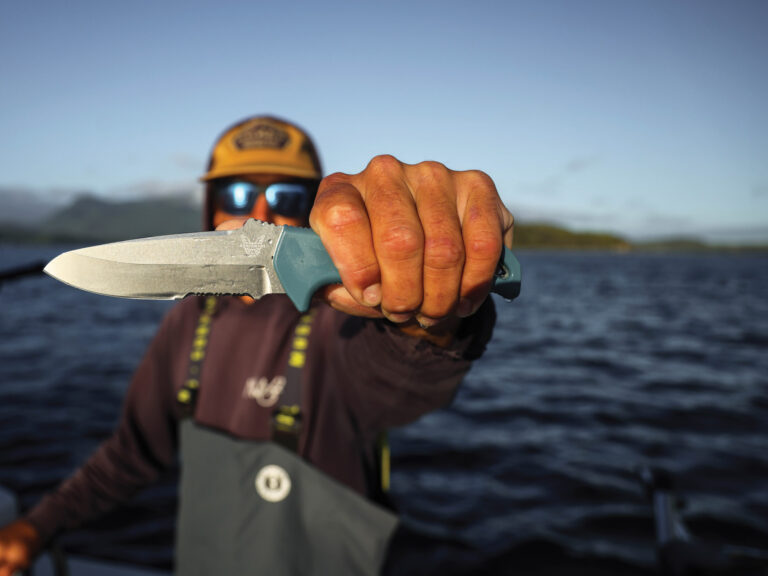
A recent news item about a rare melanistic, solid-black alligator gar caught my eye. The headline trumpets, “Internet calls it terrifying!” It turns out that some unidentified person on a social media site somewhere apparently used that word. Sensationalism never sleeps.
In fact, I’ve seen other popular-media reports dealing with the Southeast U.S.-native predator, particularly those based in the United Kingdom, that seem to find a way to slip in words like “terrifying.” A recent headline from a news report in The Mirror was titled, ‘Monster’ fish with razor-sharp teeth that could attack humans escapes as lake is drained.
Run for the hills! Turns out that officials were draining a lake after a two-foot gar had been spotted, all in an effort to get rid of the “monster.”
Granted, a little two-footer wouldn’t inspire much fear in the U.S., but gar of six to eight or more feet in length, with alligator-like snouts and jaws lined with sharp teeth could easily make the unenlightened reluctant to dangle a toe in waters where they’re found — which is throughout Southeastern states, in coastal bays and estuaries, in lakes, and far up into rivers.
But dangle away. There has never been a single confirmed report of an alligator gar going after a human. That’s not terribly surprising. These horrific monsters are in fact generally pretty lethargic. They eat what they can catch, with the proviso that it’s small. Their needle-like teeth are designed for grabbing prey but not for biting off pieces. So they go after what they can swallow: small fish, turtles, and sometimes small aquatic mammals and birds. Alligator gar wouldn’t see anything as large as a human as a food item and, not being inherently aggressive, would avoid or ignore such a thing in its home waters.
NEXT READ: Check out more interesting Fish Facts about a host of different fish species.

The only real risk that alligator gar pose to humans comes when anglers attempt to land or release big ones. Texas Parks and Wildlife puts it this way:
“While landing, unhooking, and releasing a bass or crappie requires relatively little preparation, doing the same for an alligator gar takes a plan. Fish should be landed using a rope lasso, large net, or cradle. They should be kept on their stomach on the ground or boat deck in an area free and clear of debris or equipment. Anglers should use tools and wear cut-resistant gloves when removing hooks. Never stick your hands in the fish’s mouth and stay clear of the powerful tail. If released, the fish should be sent back head first. Finally, be careful! These fish leave behind a very slippery coating of slime that can cause slips and falls. Be prepared to clean your boat deck after landings, or land fish on the river bank.”
While this prehistoric species has never threatened humans, the reverse is hardly true. In many areas, populations of alligator gar — slow-growing, long-lived and spawning infrequently — have been decimated, in part by habitat damage but often by wanton harvest. “Harvest” is probably not a good descriptor since often, state governments encouraged citizens — especially bowfishing enthusiasts — to kill alligator gar to help rid their waters of these nuisance trash fish which ate up all their valuable game fish. Most would end up on shore to rot. (Edible and apparently quite good, not many anglers have ever bothered.)
But times change, and have changed nowhere so much as in Texas. No state has as great a population of alligator gar and, these days, the state intends to keep its gar populations healthy. In the past decade or so, the species has grown a following among anglers, who now travel to the state — particularly the Trinity River, which has the greatest population of the largest gar — to fish for these giants, supporting several guided operations that target the big boys. (Actually the big girls: Any gar much over four feet is female.)
At the same time, studies have proven that alligator gar pose no threat to game fish. Sure, they’ll eat the occasional bass or crappie, if they can catch one, but more often they’ll take rough fish such as carp. Moreover, Texas lakes with some of the state’s most abundant and prolific bass populations are also home to large numbers of alligator gar, further evidence that the species has no impact on game fish numbers.
Where state officials encouraged anglers to kill gar, these days most states have strict limits. To wit:
- In Florida, there’s no alligator gar retention without a permit
- In Alabama, one per day
- In Mississippi, two per day
- In Arkansas, one per day no more than 36 inches, with larger fish released unless a lucky angler has one of the 200 trophy tags for alligator gar available each year
- In Texas, one per day in most waters, with a requirement that any gar kept must be reported. In the Trinity River, however, no gar more than 48 inches may be harvested without a permit. The state intends to keep that unique trophy fishery healthy
- The only state with no limits of any kind on alligator gar: Louisiana
Texas, by the way, holds claim to the IGFA all-tackle world record, a 279-pounder taken from the Rio Grande in 1951. But alligator gar do get larger: a gar taken by a commercial fishermen (not intentionally) in Mississippi (2001) weighed in at 327 pounds. That 8½-foot giant would likely have been 50 to 70 years old.









